Canada’s mining industry clashes with Alaskan tribes and state government over practices on transboundary watersheds, home to some of the world’s most precious salmon fisheries.
Local tribes and settlers have been fishing the Taku river, which runs from British Columbia into southeast Alaska, ever since a glacial shift created the waterway 250 years ago—and it is one hell of a fishing hole.
It’s late August, and cohos are in season. Bald eagles cast their sprawling shadows on the calm, green, glacial waters as they hunt overhead. Seals and otters hang around the nets to score an easy meal, while squabbling seabirds fight over the entrails that the fishermen toss overboard while cleaning the fish. Orcas surface to fill up on pink meat. When salmon run up the Taku, local wildlife eats well.
But the Taku, along with other transboundary waterways, is also the site of a tense balance between shared resources that has created a decades-long standoff between Alaskan fishermen, local tribesmen, and even Alaskan politicians trying to protect their habitat and livelihood, and Canadian mines that contaminate the waterways and threaten their fish. And as more mining projects are greenlit, Alaska’s Taku fishing community is steeling itself for a long fight—and the next environmental disaster.
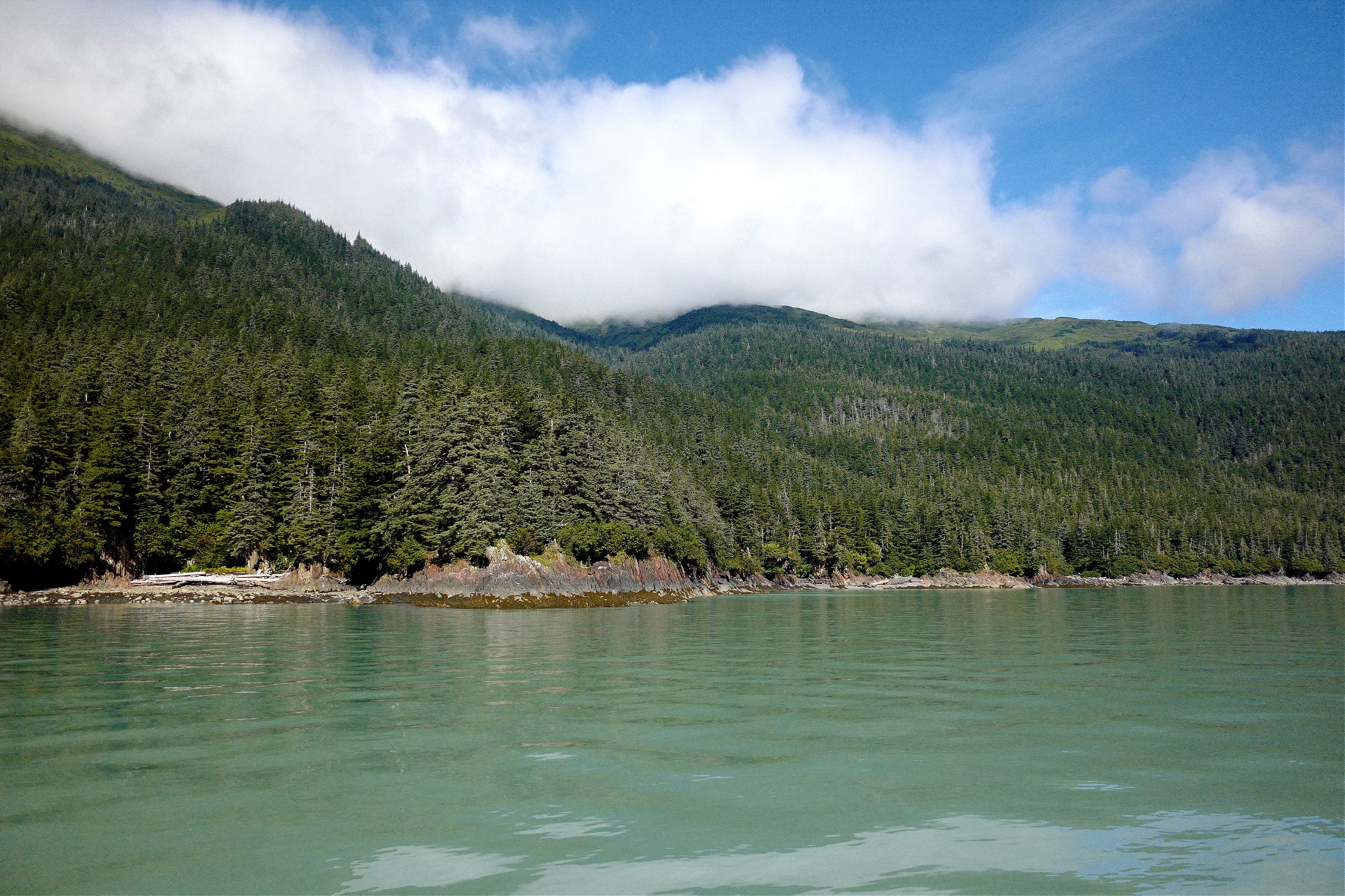
Captain Tyson Fick steers the Heather Anne out of Juneau’s Aurora Harbor through Gastineau Channel and into Stephens Passage, the main artery linking Alaska’s state capital with the Taku Inlet, where the river mouth meets the Pacific Ocean. This river is among the few places where, in summer, all five Alaska salmon species—king, sockeye, keta, pink, and coho—congregate to fatten up on squid and herring in preparation for their migration to spawning grounds in British Columbia, Canada.
This is Fick’s first season as a boat captain on the Taku, but he is no stranger to the politics of Alaskan waters. He spent years around fish politics, beginning his non-fishing career in the state capitol almost 20 years ago. “The legislative session ran from January to May, fitting in nicely with my summer salmon fishing habit.”
Later, Fick worked as the communications director at the Alaska Seafood Marketing Institute and lobbied for the Bering Sea Crabbers in Alaska and Washington. “I’ll always be vocal and stay involved in the policy decisions that affect us all,” he says. “Fishing is honest work and I want to share that with my boys, so the health of these waters means everything.”

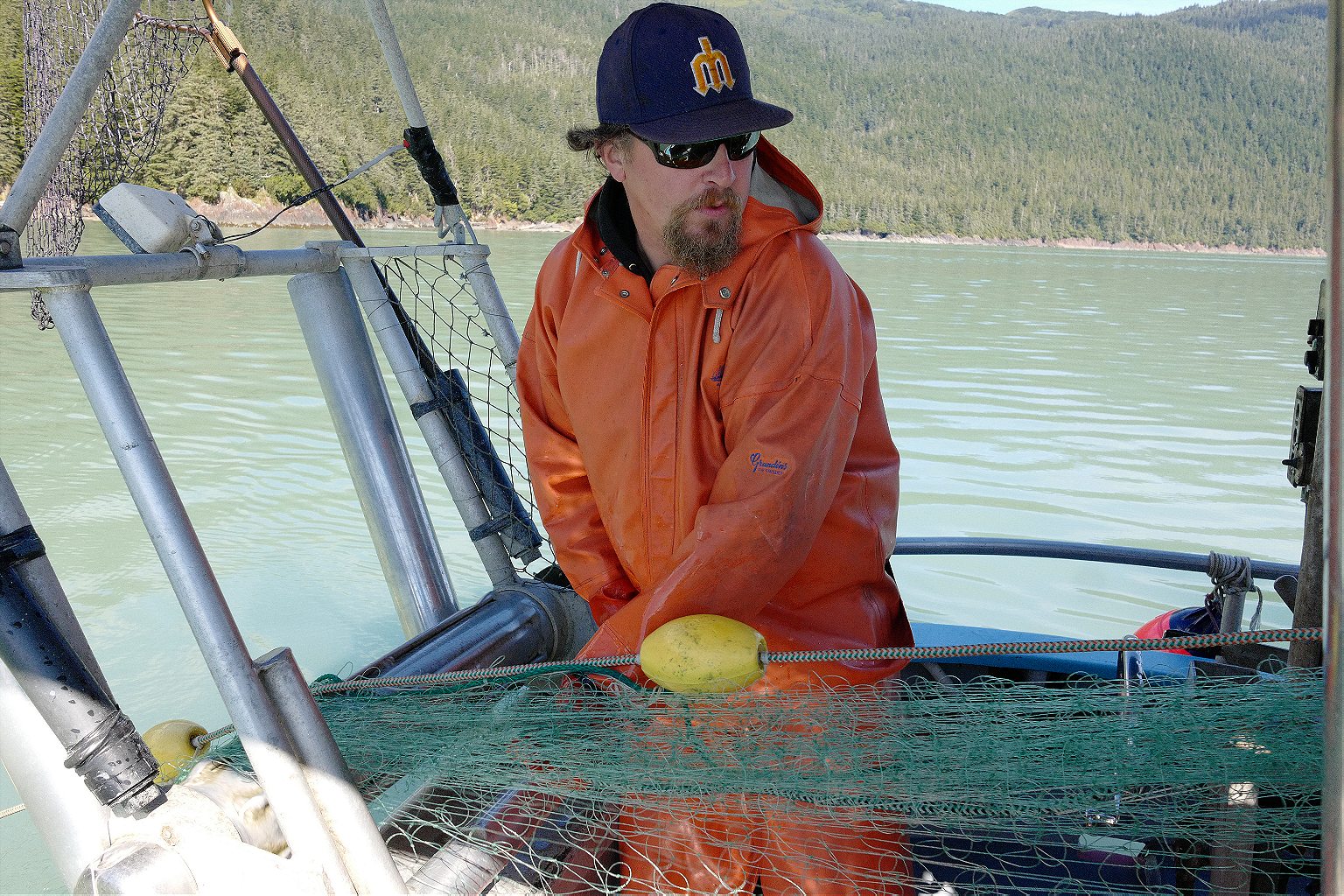
Fick is a little more than just “involved” in local politics. He and the local fishing community are political warriors who have organized to defend their traditions, environment, and trade. Fick’s experience sitting on the state Board of Fisheries, the North Pacific Fishery Management Council, and at the finance committee at Alaska’s capitol has given him the know-how to fight for their cause.
The Taku, Stikine, and Unuk are three major salmon-producing, transboundary rivers in southeast Alaska sharing a border with British Columbia, where copper, silver, and gold mining lines the pockets of Vancouver-based corporations. Bad blood between the fishing and mining industries has persisted over fifty years. Tensions escalated in 2014 when British Columbia implemented a $550 million (USD) high-voltage transmission line capable of producing enough energy to put hundreds of Canadian mines online—and making it possible to pull more metal from the riverbeds than before, posing a larger environmental threat to shared waterways. The massive mining territory stretching from the Skeena River watershed to northwest B.C. is marketed by the mining industry as the “Golden Triangle.”
For Alaska’s fishermen, mines are more than just an inconvenience—they’re an imminent threat to their livelihood.
To date, British Columbia has authorized at least a dozen large-scale open-pit mining projects currently in advanced permitting, construction, or operation just at the headwaters of Alaska’s salmon-producing rivers. If the past is any predictor of the future, Alaska fishermen like Fick, local tribes, and the state government have legitimate cause for alarm. For them, mines are more than just an inconvenience—they’re an imminent threat to their livelihood.
“Sitting here downstream, I see every fishing family around us at risk over what amounts to shiny rocks,” says Fick about the mine’s final product. “All over the world, salmon and salmon fishermen have disappeared, and I hope that isn’t our fate. I want to believe that we have learned something about habitat protection over the last couple hundred years. But maybe not.”
The threat of contamination stems mainly from the vast waste reservoirs, called tailings storage facilities, left by both operational and abandoned mines, their toxic contents held back by dams. Once these tailings waste piles are established, they are permanent, and require costly water treatment and monitoring in perpetuity to manage and gauge their environmental impact. Aside from the cumulative downstream effects from toxic runoff, these ‘storage facilities’ pose the far more ominous threat of catastrophic dam failure.
“Scientists assure us there are better ways to manage resource development and it kills me when they are ignored,” says Fick. “Sustainable fisheries management and effective government are [the] bedrock to a thriving fishing industry, and a big reason Alaska became a state in the first place. Now, the biggest threats to this amazing resource are avoidable man-made disasters caused by straight-up greed.”
The shifting glacier pulled the dam to pieces and released six billion gallons of toxic waste into the Fraser River.
That is what transpired in August 2014 at the Imperial Metals’ Mount Polley mine on the Fraser River in British Columbia. That summer, the glacial sheet moved, an eventuality that Imperial Metals failed to take into account when designing and installing their dam. The shifting glacier pulled the dam to pieces and released six billion gallons of toxic waste into the Fraser River, poisoning stocks of sockeye and contaminating waterways such as Polley Lake, Hazeltine Creek, and Quesnel Lake along the way.
British Columbia’s government responded by appointing a panel of geotechnical experts to examine the Mount Polley tailings dam failure. The subsequent report, published in January 2015, stressed that the collapse was caused by a shifting glacial layer in the earth beneath the dam, a natural occurrence that was not considered in the original design. The panel further concluded that wet tailings facilities like that at Mount Polley are unsafe and should no longer receive authorization at large-scale open-pit mines.
Days after the report was released, British Columbia green-lit Imperial Metals to begin operation at its Red Chris mine in the headwaters of the Stikine River. That facility, made possible by British Columbia’s new high-voltage transmission line, had used the same design for its tailings facility that Imperial Metals had used at Mount Polley–except 27 times bigger. Alaskan fishermen were stunned.
In June 2016, despite a report by British Columbia’s Auditor General citing failures at every level of the industry permitting process, the state government authorized Imperial Metals to resume operations at Mount Polley without non-compliance charges or fines. British Columbian taxpayers picked up a tab of nearly $40 million (Canadian) to clean up the disaster.
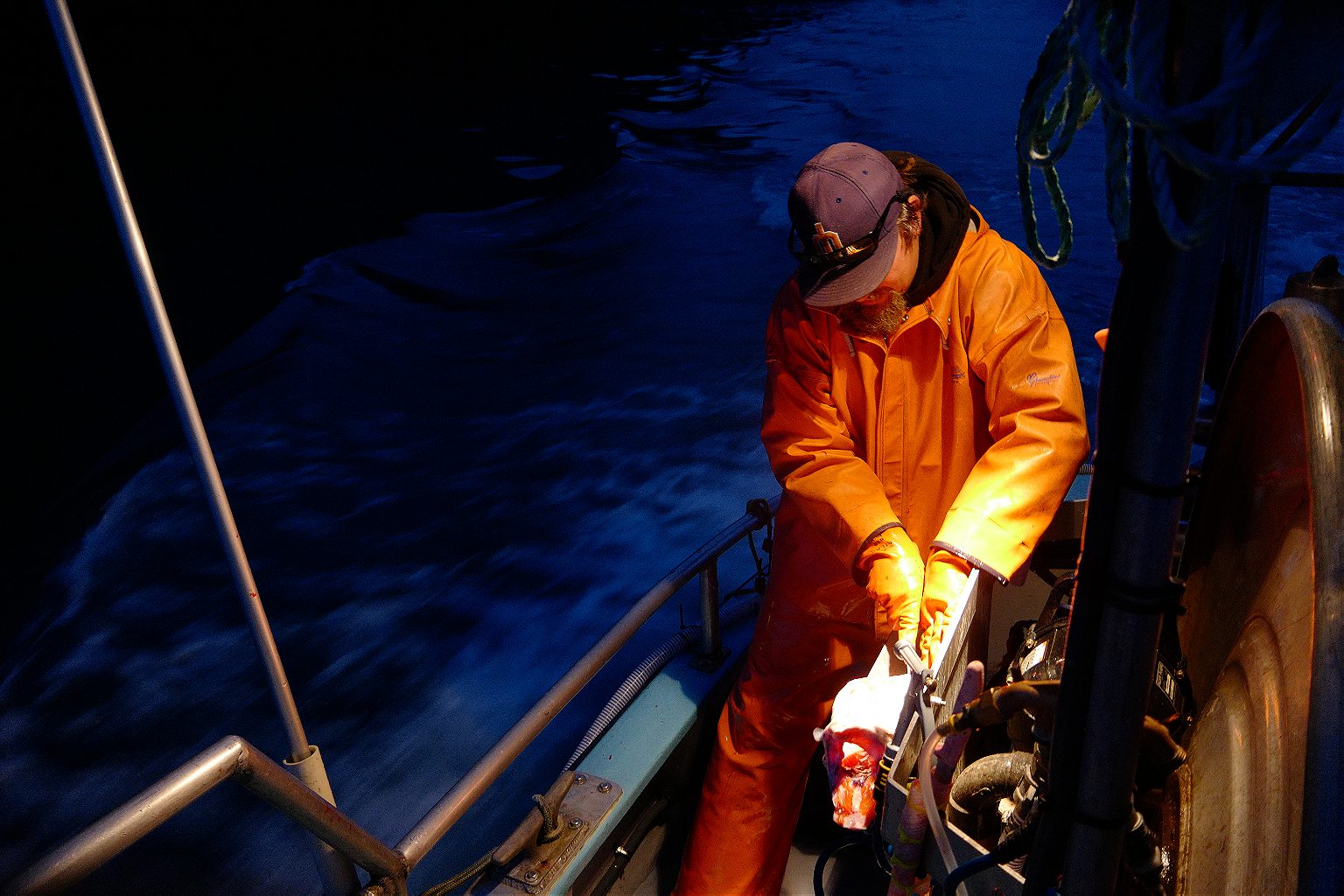
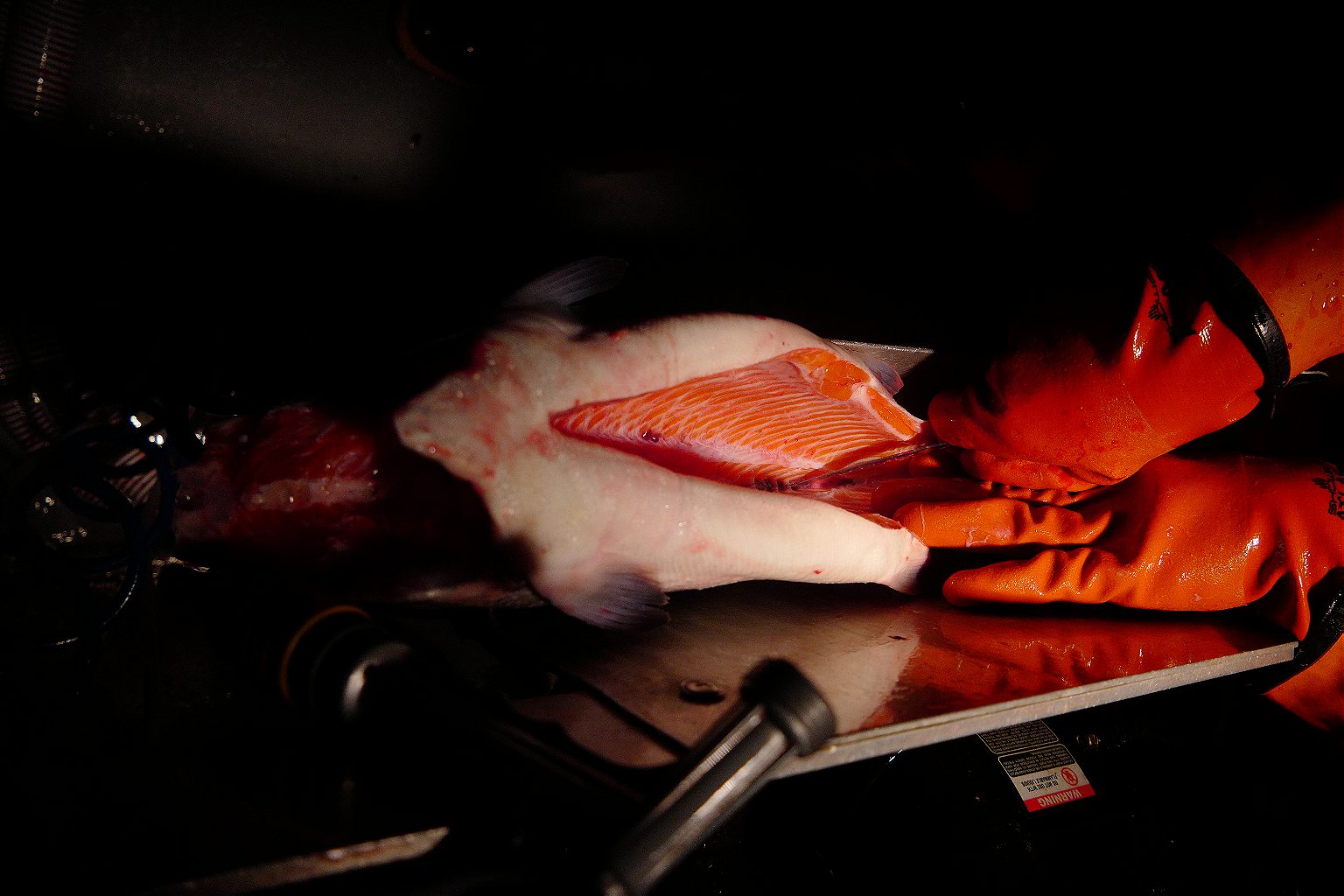
For over a century, the Boundary Waters Treaty has served as a governing framework used to prevent and resolve water disputes between the U. S. and Canada. Article IV of the treaty states, “the waters herein defined as boundary waters and waters flowing across the boundary shall not be polluted on either side to the injury of health or property on the other.”
For people like Fisk in Alaska’s salmon industry, the “business as usual” reaction to the catastrophe at Mount Polley demonstrated how little that Treaty means to Canada’s mining industry.
Salmon Beyond Borders (SBB), a commercial and sport fishing advocacy group dedicated to transboundary river issues, based in Juneau, Alaska, contends that while Canada’s government publicly uphold themselves as environmental crusaders, British Columbia has been turning a blind eye to violations of mining regulations that affect transboundary states. A few longstanding grievances include environmental violations at the Tulsequah Chief Mine on the Taku, the Elk Valley mine upstream from Montana and Idaho, and the Trail Smelter case in Washington. While it’s true that British Columbia is undertaking a regulatory review of the process, their investigations take years, which Alaskans view as kicking the can down the road.
Jill Weitz, campaign director for SBB, argues that much of Canada’s reluctance stems from losing a ruling 30 years ago over a proposed coal mine in the British Columbia headwaters of the Flathead River Valley, which drains into northwest Montana. In 1988, a review by the International Joint Commission, a regulatory body overseeing U.S.-Canada shared waters, brought together experts from the U.S. and Canada to review environmental risks. Together, they determined that the proposed mines risked wiping out bull trout populations within the Flathead River’s watershed. Permits were denied; the Canadians were upset.
Weitz stresses that SBB’s goal is not to eradicate the mining industry. Alaskans, she explains, have become prosperous by balancing shared resources such as salmon and precious metals. The organization’s representatives are, however, furious that Alaska and its tribal governments are not part of the approval process to determine how mines in shared watersheds are developed and managed. The fishermen, residents, and Southeast Alaska’s tribes, such as the Tlingit and Haida Central Council, want a seat at that table and demand an international agreement to establish legally binding protections.
“There is nothing on paper giving corporate mining interests the incentive to preserve Southeast Alaska’s $2 billion fishing and tourism industries, which sustains 75,000 Americans,” says Weitz.
“Regardless of the cleanup effort, waters affected by the Mount Polley failure are tainted. Many residents are afraid to fish, drink, or play on what has for centuries been the lifeblood of their community, and the B.C. government has not done enough to assure it will change.”
Holes in the net are the perfect size to ensnare a mature salmon: the more they fight, the more tangled they become.
The Heather Anne’s gill-net is hooked to a giant spool at the back of the boat and stretches 1,200 feet long and thirty feet deep, like a sprawling volleyball net. Holes in the net, gauged at six inches, are the perfect size to ensnare a mature salmon: the more they fight, the more tangled they become. Fick works the hydraulics to pull up the net, as I dislodge seaweed and massive jellyfish, whose splatter catches you in the face if you aren’t careful. “A little spicy,” as Fick puts it. The pain is stunning.
As salmon emerge, Fick violently dislodges the 10-20 pound cohos from the net. I grab them at the mouth, snap a few gills to get them bleeding, and toss them into a holding tank for processing.


As a rookie captain on the Taku, Fick tends to fish around the Kirsten Anna, observing and honing his skills. The vessel is helmed by formidable salmon-hunters Jev Shelton and his son Martin, a salty pair with a rep for being crankpots on the water. Tread too close to the Kirsten Anna and the Sheltons won’t hesitate to unleash some expletives to put you in your place. They get especially cranky when the fishing is slow.
The Martins allow the weather to guide them to the fish and like to drop their first net at tide change. When they hit a school, they chase the salmon upriver all day. The minimum space allowed between boats is a quarter of a mile, so Tyson cut the throttle just under half a mile from Jev and Martin, enough to keep his distance while blocking the lurking Sentinel, a competing boat, from squeezing between the two boats, a move known as ‘corking.’ All part of the strategy on the Taku.

While Fick and the Sheltons compete for fish on the water, back in Juneau, the men are business partners in Taku River Reds, a direct-to-consumer seafood company comprised of a collective of like-minded and politically active Alaskan fishermen. Jev Shelton was born in salmon country, at the junction of Washington’s Georgia Straight and Puget Sound, before heading east to attend Harvard with dreams of pursuing a life in academia. After moving to Juneau in 1974, Shelton’s love of fishing pulled him back to the river.
Always outspoken, Shelton immediately became entwined in local politics. In the same year, he joined Alaska’s negotiating delegation on the Pacific Salmon Treaty, an unusual and sticky piece of legislation meant to establish salmon resource allocations between the U.S. and Canada. Shelton contends that the Canadian government’s position is that since the fish are born in Canada, they are Canadian fish. Shelton has long argued that most of a salmon’s economic value accrues in U.S. oceans, since the fish spend the majority of their lives in U.S. coastal waters, where they grow from a 4-6 inch long fry into the full sized salmon that returns to spawn—thus entitled to a larger slice of the yield—a controversy revisited every ten years when the treaty comes up for renewal.
“There’s a new set of negotiators on the Alaskan side who somehow allowed the Canadians to resurrect arguments that were put to rest in 1999,” Shelton says. “There’s huge disappointment in the current Alaskan administration for basically giving up on maintaining the treaty.”

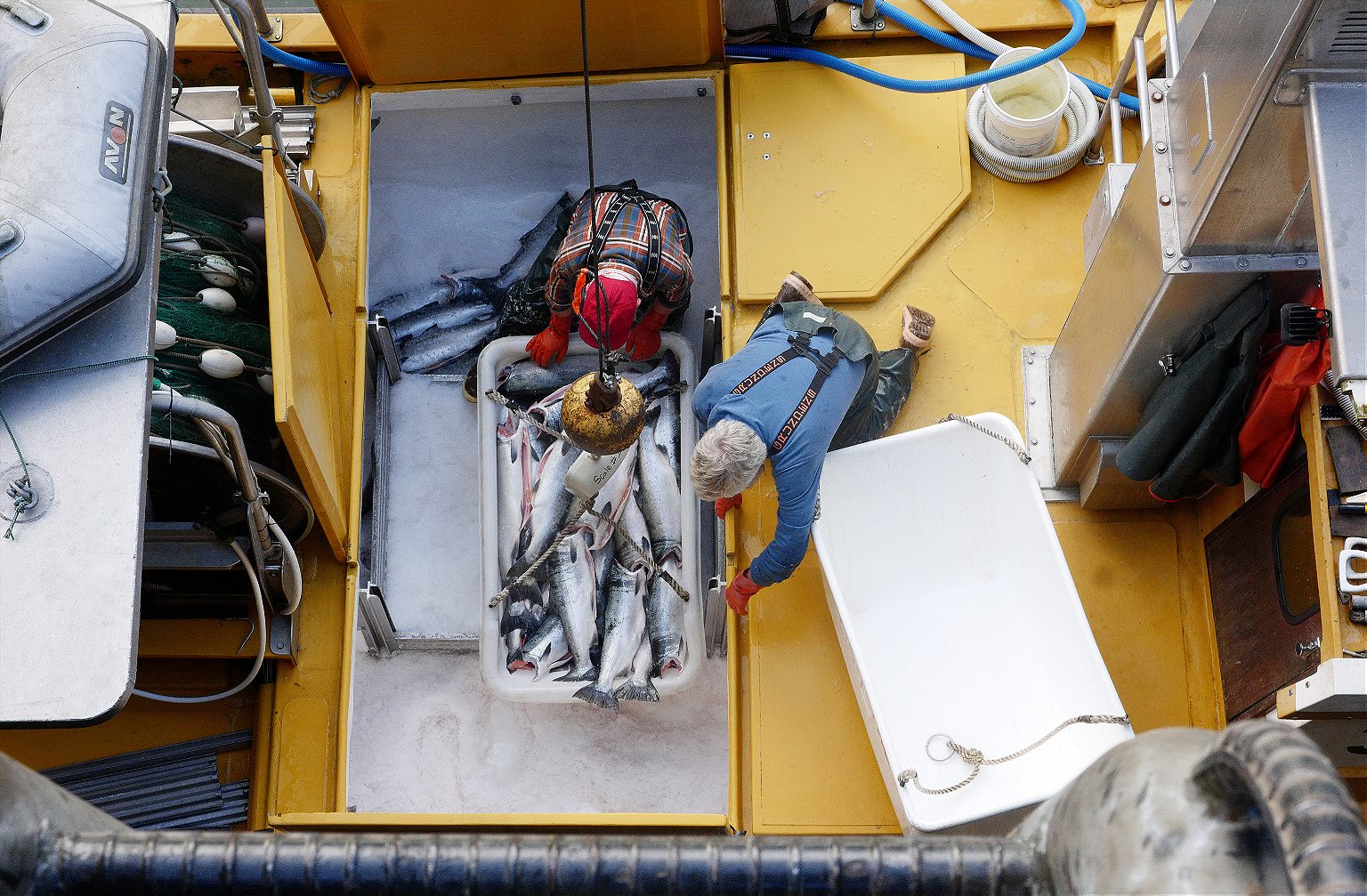
Though protections for Alaskan salmon are enshrined in the state’s constitution, Shelton points out that British Columbia has managed to establish a non-binding memorandum of understanding (MOU) with Alaska, as it has with other U.S. border states, which is nothing more than a handshake deal. Armed with British Columbia’s Auditor General’s recommendations for reforms, Alaska’s state administration and congressional delegation have compiled a list of ‘asks’ of the U.S. State Department to work with relevant U.S. agencies and Global Affairs Canada—the department managing Canada’s diplomatic and consular relations—to establish a multi-tiered financial assurance package that covers things like funding for long-term water treatment and maintaining water monitoring of closed or abandoned mines as well as long-term funding for water treatment, cumulative, and catastrophic events.
The fishing community believes British Columbia’s Ministry of Energy, Mines, and Petroleum (EMPR) have their own ideas. In the face of the Auditor General’s findings, EMPR commissioned their own report by Ernst & Young in 2017, which, according to SBB, ignores core recommendations from the British Columbia expert panel convened after the Polley disaster.
“When the dust settles, it’s business as usual,” says Weitz. “B.C. taxpayers and downstream communities will continue to shoulder much of the load for pollution.”
“The business model has been tried and true,” Fick says as he flings fish guts to the seagulls. “Build a mine, extract the ore, pollute the ground, call yourself bankrupt, and stick the taxpayer with the bill for clean-up.”
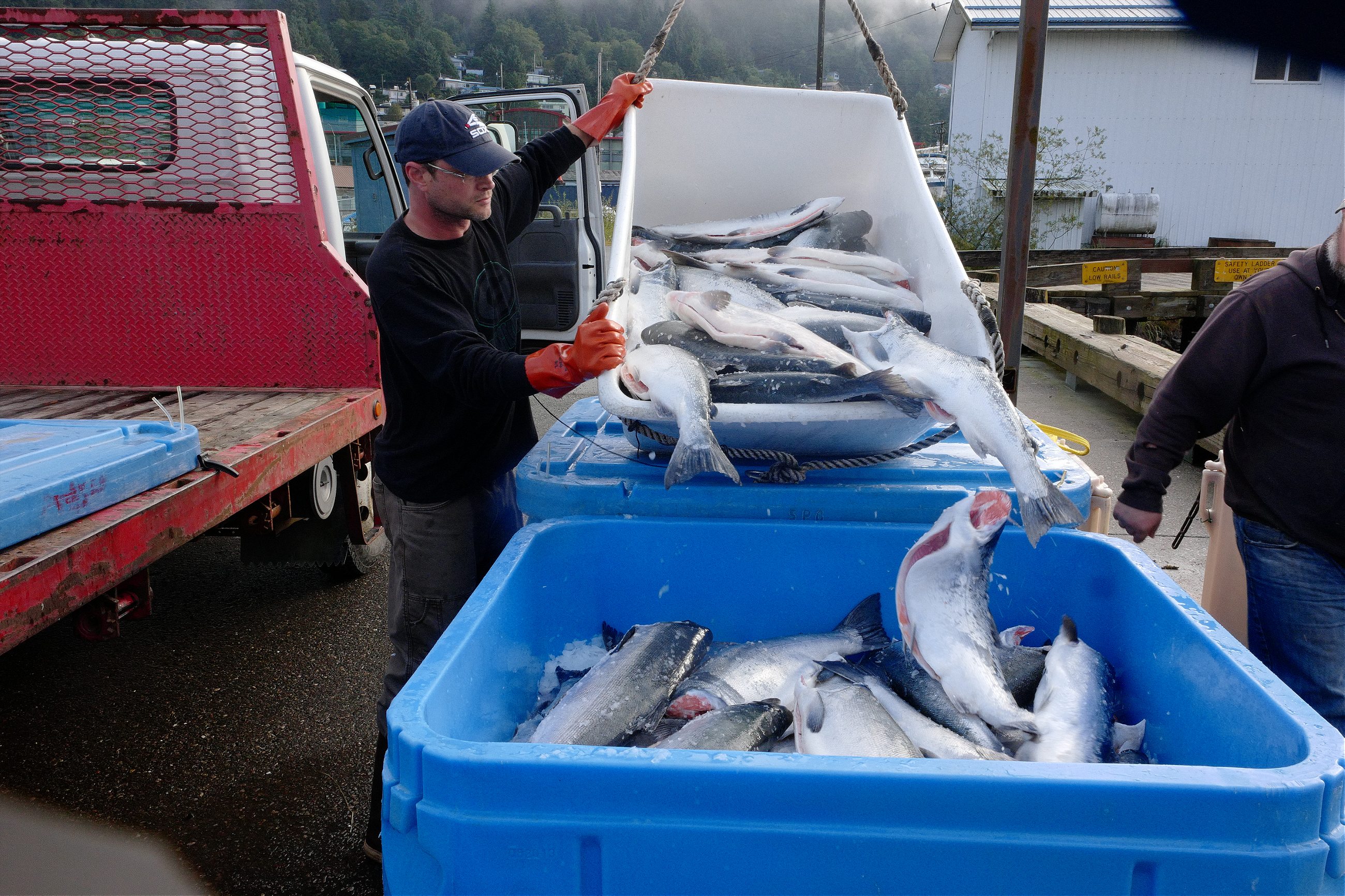
Despite the constant threats and setbacks, Weitz, Fick, and Shelton remain optimistic. Alaska’s Senator and member of the Interior Appropriations Committee, Lisa Murkowski, and other lawmakers have managed to secure the necessary funding to establish baseline water quality data to gauge cumulative damage to salmon stocks from upstream mining operations. This modest step forward is a big win for SBB.
Back in British Columbia, the sockeye population affected by Polley had a strong run this year, and seem to finally be on the rebound. It’s too early to understand the long-term impacts of the Polley disaster, and salmon are resilient fish. But Jev Shelton and Tyson Fick warn that this doesn’t mean Alaskans can let their guard down.
“I believe that over time the effect of the toxic infusion from Polley will dissipate, but that’s no excuse to allow this to happen again,” Shelton says. “Next time, the economic impact could be irreversible, and the next generation of fisherman may not endure.”